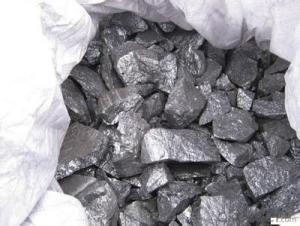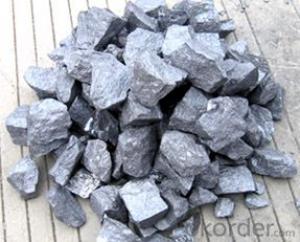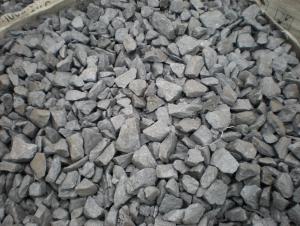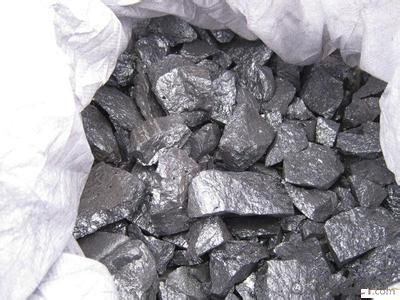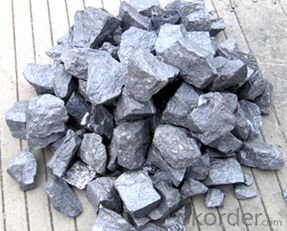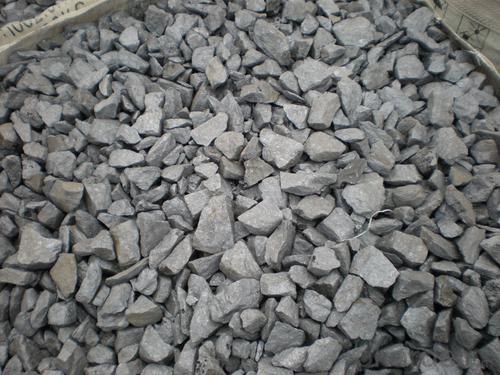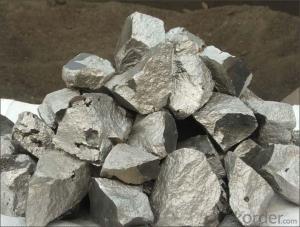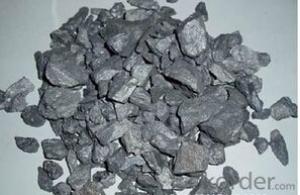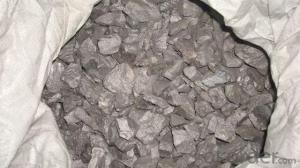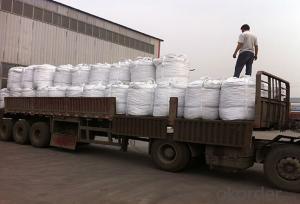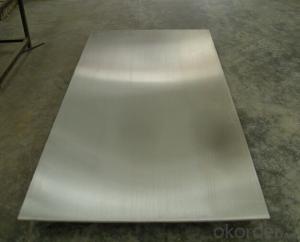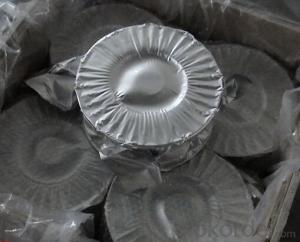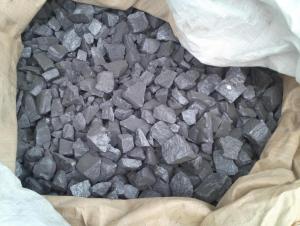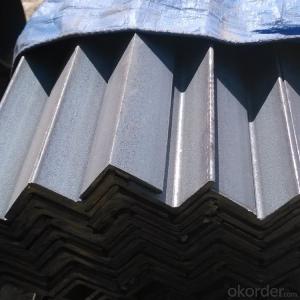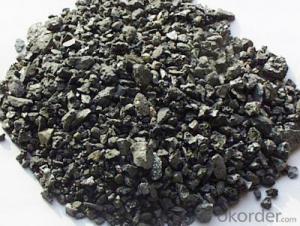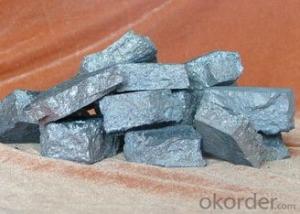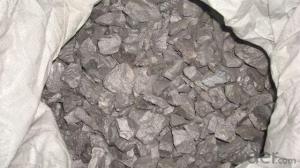FeSi 70 for Casting Manufactural and Steel Making
- Loading Port:
- China Main Port
- Payment Terms:
- TT or LC
- Min Order Qty:
- -
- Supply Capability:
- -
OKorder Service Pledge
OKorder Financial Service
You Might Also Like
FeSi 70 for Casting Manufactural and Steel Making
Description of FeSi 70
Ferro Silicon is a kind of ferroalloy which is composed of ferrum and silicon. Ferro Silicon uses coke, quartz (or silica) as raw materials and is made by electric furnace. Because silicon and oxygen are easily compound into SiO2, the ferrosilicon is often used as deoxidizer in steelmaking.
Application of FeSi 70
1)As de-oxidation and alloying agent in iron & steel plants.
2)Enhance properties including ductility, strength, rigidity and resistance of steel.
Specification of FeSi 70
Brand | Chemical Composition (%) | ||||||||||
Si | Al | Ca | P | S | C | Fe | |||||
<= | |||||||||||
FeSi75-A | 74.0-80.0 | 1.5 | 1 | 0.035 | 0.02 | 0.2 | Balance | ||||
FeSi75-B | 72.0-80.0 | 1.5 | 1 | 0.04 | 0.02 | 0.2 | Balance | ||||
FeSi72 | 72 | 1.5 | 1 | 0.04 | 0.02 | 0.2 | Balance | ||||
FeSi70 | 70 | 1.5 | 1 | 0.04 | 0.02 | 0.2 | Balance | ||||
FeSi65 | 65.0-72.0 | 2 | 1 | 0.04 | 0.02 | 0.2 | Balance | ||||
FeSi45 | 40.0-47.0 | 2 | 2 | 0.04 | 0.02 | 0.2 | Balance | ||||
Size:0-3mm,3-10mm,10-100mm or as the customers’ requirements
Packing Details: 25Kg/bag, 1MT/bag or as your requirements.
Pictures of FeSi 70:

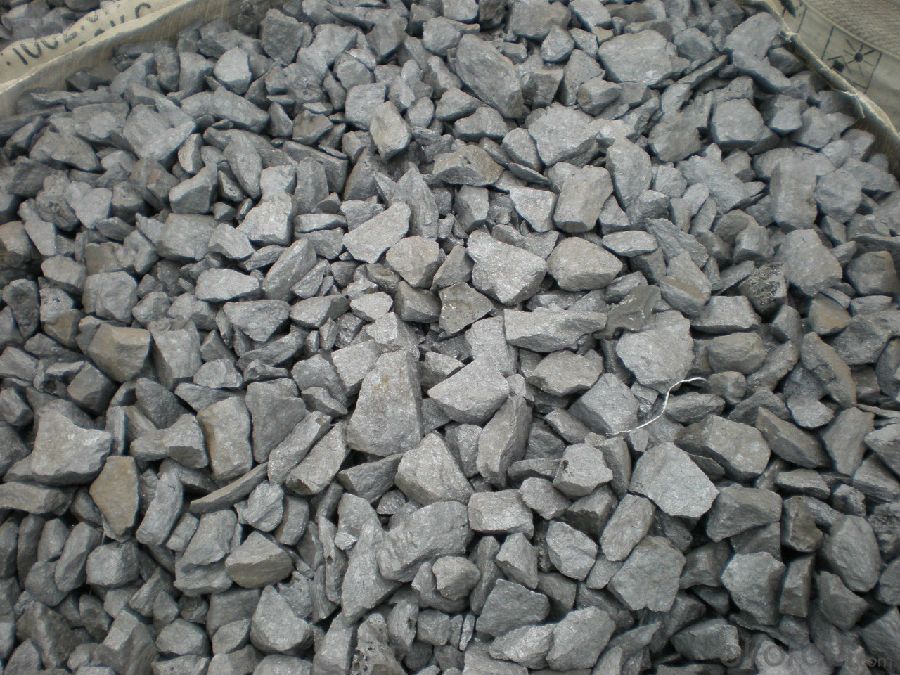
- Q: I only know a few big, like Zhuzhou, Chun Bao, Xiamen tungsten diamond. Anything else? I'm looking for a tool cutter
- I heard that Zhuzhou is better, you say diamond coated knives? This is the tool of two different materials, diamond is not coated
- Q: I'm going to sell carbide cutters. Which industry do you want to sell?
- Don't know whether you go to Suzhou haokai steel metal material limited company to see through
- Q: Carbide blade domestic that tricky point?
- China's carbide cutting tools must be the best cemented carbide in Zhuzhou.
- Q: What material is that ultrafine cemented carbide?
- You mean the ultra-fine grain cemented carbide, generally we have 0.6 alloy grain size is fine, which belongs to the tungsten carbide base hard alloy, ordinary tungsten carbide base hard alloy strength and hardness are higher than the same cobalt content. The process is mainly mixing, wetting, drying, forming, sintering, finishing, such as sand blasting, CVD/PVD coating, heat treatment, etc.
- Q: The use of cemented carbides YG and YT
- Two, titanium is a rare metal, characterized by light weight, high strength and good corrosion resistance. Because of its stable chemical properties, good resistance to high temperature, low temperature, strong acid, alkali resistance, as well as high strength and low density, has been praised as "space metal"". YT alloy and YW alloy have better properties than YG because they contain titanium.
- Q: There are three kinds of cemented carbides, of which tungsten, cobalt and titanium are brittle cemented carbides?
- [classification of cemented carbide] ISO carbide carbide cutting into 3 categories: P, K and M.1, P class (equivalent to China's YT class) cemented carbide by WC, TiC, and Co composition, also known as tungsten titanium cobalt carbide. This kind of alloy is mainly used for processing steel materials. Common brands are YT5 (mass fraction of TiC is 5%), YT15 (mass fraction of TiC is 15%), with the mass fraction of TiC increased, the mass fraction of cobalt decreased, hardness and wear resistance increased, bending strength decreased. This kind of hard alloy is not suitable for processing stainless steel and titanium alloy.2, K class (equivalent to China's YG class), carbide composed of WC and Co, also known as tungsten cobalt carbide. These alloys are mainly used to process cast iron, nonferrous metals and their alloys. The common grades are TG6 (cobalt mass fraction 6%) and YG8 (cobalt mass fraction 8%). As the mass fraction of cobalt increases, the hardness and wear resistance decrease, and the flexural strength and toughness increase.3, M class (equivalent to China's YW class), carbide is based on WC, TiC, Co, and then added TaC (or NbC) and into. After the addition of TaC (or NbC), the comprehensive properties of cemented carbide were improved. Such cemented carbide can be used for both cast iron and non-ferrous metals, as well as for steel and for high temperature machining
- Q: What is the difference between the production process of ferrous powder metallurgy and cemented carbide?
- Powder metallurgy, powder metallurgy, has been in fact a long time ago. In early times, powders of gold, silver, copper and bronze were obtained by mechanical comminution and used as decorative coatings for pottery. In the second half of the eighteenth Century and the first half of nineteenth Century, countries such as Russia, England and Spain made sponge platinum particles from factories, and manufactured coins and valuable objects by hot pressing, forging and pressing, sintering and other processes.
- Q: How are cemented carbides sintered?
- Hard alloy with high hardness of refractory metal carbides (WC, TiC) micron powder as the main ingredient, with cobalt or nickel (Co) (Ni), molybdenum (Mo) as the binder, powder metallurgy products in vacuum furnace or hydrogen reduction sintering furnace. In the manufacture of cemented carbide, the size of the raw material powder is between 1~2 microns and the purity is very high.
- Q: K carbide carbide cutting tools, mainly used for turning what materials?
- K class brand is the international standard ISO code, equivalent to China's class YG carbide brand, suitable for processing stainless steel, non-ferrous metals and alloys, as well as non-metallic materials, cast iron and other materials.
- Q: YW2 carbide blade type
- YW2 general cylindrical turning tool head type: A325 20pcs
Send your message to us
FeSi 70 for Casting Manufactural and Steel Making
- Loading Port:
- China Main Port
- Payment Terms:
- TT or LC
- Min Order Qty:
- -
- Supply Capability:
- -
OKorder Service Pledge
OKorder Financial Service
Similar products
Hot products
Hot Searches
Related keywords
